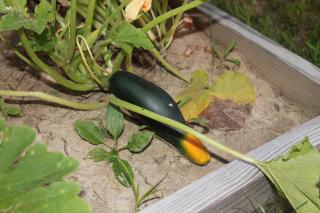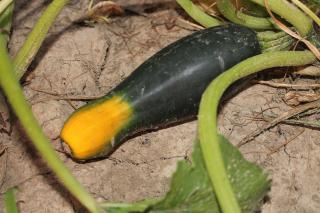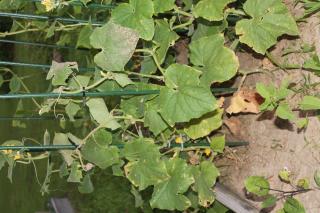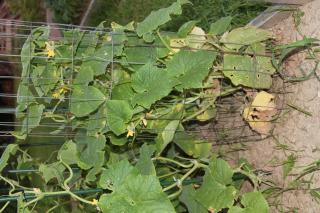sleuth
Lovin' The Homestead
I noticed that my cucumber vines and leaves are turning yellow, starting at the bottom. I read somewhere online that it could be a magnesium deficiency and to use an epson salt solution to water them. Any other ideas?
I also noticed that the tips of my zucchini's are turning yellow. I couldn't find anything online that looked like it. Right now it is only a little patch about the size of a quarter near the tip of the zucchini. Everything I read online was either blossom end rot or magnesium/calcium deficiency. I didn't think the pictures of those looked like mine, though. Any other ideas?
I also noticed that the tips of my zucchini's are turning yellow. I couldn't find anything online that looked like it. Right now it is only a little patch about the size of a quarter near the tip of the zucchini. Everything I read online was either blossom end rot or magnesium/calcium deficiency. I didn't think the pictures of those looked like mine, though. Any other ideas?




